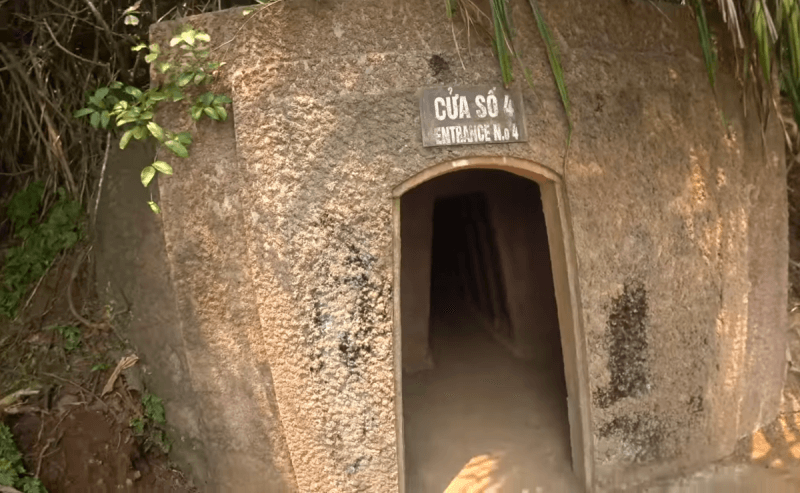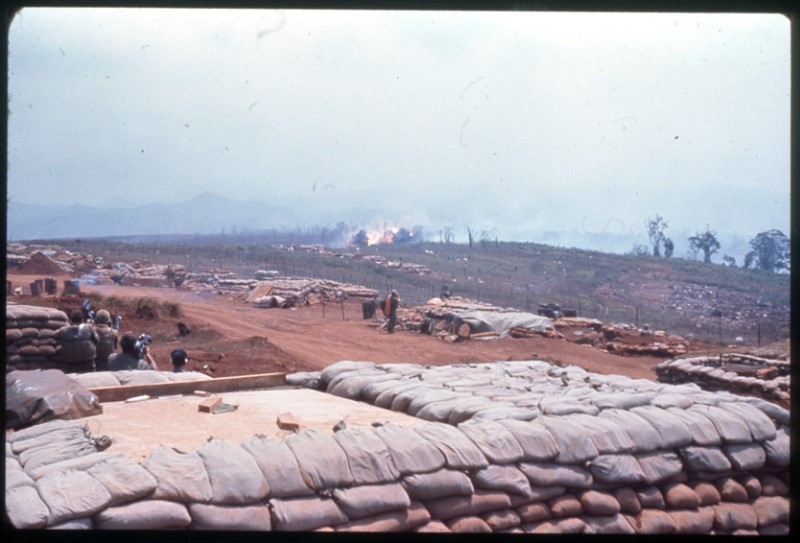Run DMZ: Is It Worth Visiting Vietnam's Demilitarized Zone?
15 january 2024
The most well known demilitarized zone (DMZ) in the world is probably the one between North and South Korea. The famously over-mined, over-barb-wire-fenced imaginary line where soldiers stare each other down is rightfully infamous, but there are other DMZs that, while not as interesting, are still historically important. Like the one in Vietnam.
The history of Vietnam’s Demilitarized Zone is mired in complicated political wheeling and dealing, but it basically came about in 1954 when the Geneva Conference attempted to find a way to settle outstanding issues on the Korean peninsula and discuss the possibility of restoring peace in Indochina, which was in turmoil after France gave up its control of Vietnam.
The Viet Minh got the part of the country north of the Bến Hải River – roughly halfway down the length of Vietnam, at the 17th parallel – and the State of Vietnam (later the Republic) was set up in the south. The Vietnam War kicked off a few years later and the imaginary line became a battlefield. We don’t have the space to go into the politics around that particular conflict.
Despite the ferocity and lasting effects of the Vietnam War, the line today is a shadow of its former self. In fact, there’s not much there, but that’s not to say it isn’t worth visiting. The nearest city is Dong Ha but a lot of visitors come from Da Nang and Hue by way of bus and organized tour. Be warned though – it’s a long drive and requires a full day to do the whole shebang, often ten hours or more. Smiling Albino recommends you give the slow, sweltering bus a miss and go by motorcycle or rented car.


While there aren’t a huge amount of things to see or climb or photograph, what is there is still an interesting window into historical importance of the area. Khe Sanh Combat Base is largely overgrown with jungle, but in 1968 its attack was one of the main distractions leading up to the famous Tet Offensive. There’s a small museum and artifacts from the war, including the original runway. Purists will appreciate a visit to Truong Son National Cemetery, where 10,000 graves and various monuments salute the dead. The Mine Action Visitor Center is a pretty good museum highlighting the very real dangers that UXO (unexploded ordinance) has had – and still has – on the populace. Lastly there’s the Vinh Moc Tunnels. While not as famous as the Cu Chi Tunnels, they’re still quite impressive. When US forces started bombing, an entire village dug tunnels up to 30m deep to escape. Family rooms, kitchens, hospitals, even delivery rooms are spread out across nearly two kilometers of passageways. The Ben Hai River is an important site because it is the dividing line between north and south Vietnam. A new monument has recently been erected at the bridge over the Ben Hai River providing good photo opportunities.
For most visitors who have a passing interest in the Vietnam War, the DMZ will be interesting, but not something to write home about. The Vinh Moc tunnels are something tangible that lends itself to dramatic photos, but other attractions like the combat base, museum, “rock mound” and various bunkers are less impactful and lose much of their appeal in a photograph.
We feel this historical landmark and the human sacrifice during the war deserves a bit more and the average visitor may be left underwhelmed and disappointed (especially if they took the ten-hour bus tour).
However, if you’re a Vietnam War buff or student of history – especially Vietnam’s history – the DMZ will likely take on a whole other level of relevance. Those who have a familiarity with the places, names and battles that took place in this area will find a great deal more value in a visit than the average tourist. Smiling Albino can arrange transportation along with an historian or expert guide to ensure you get the most out of a visit.
